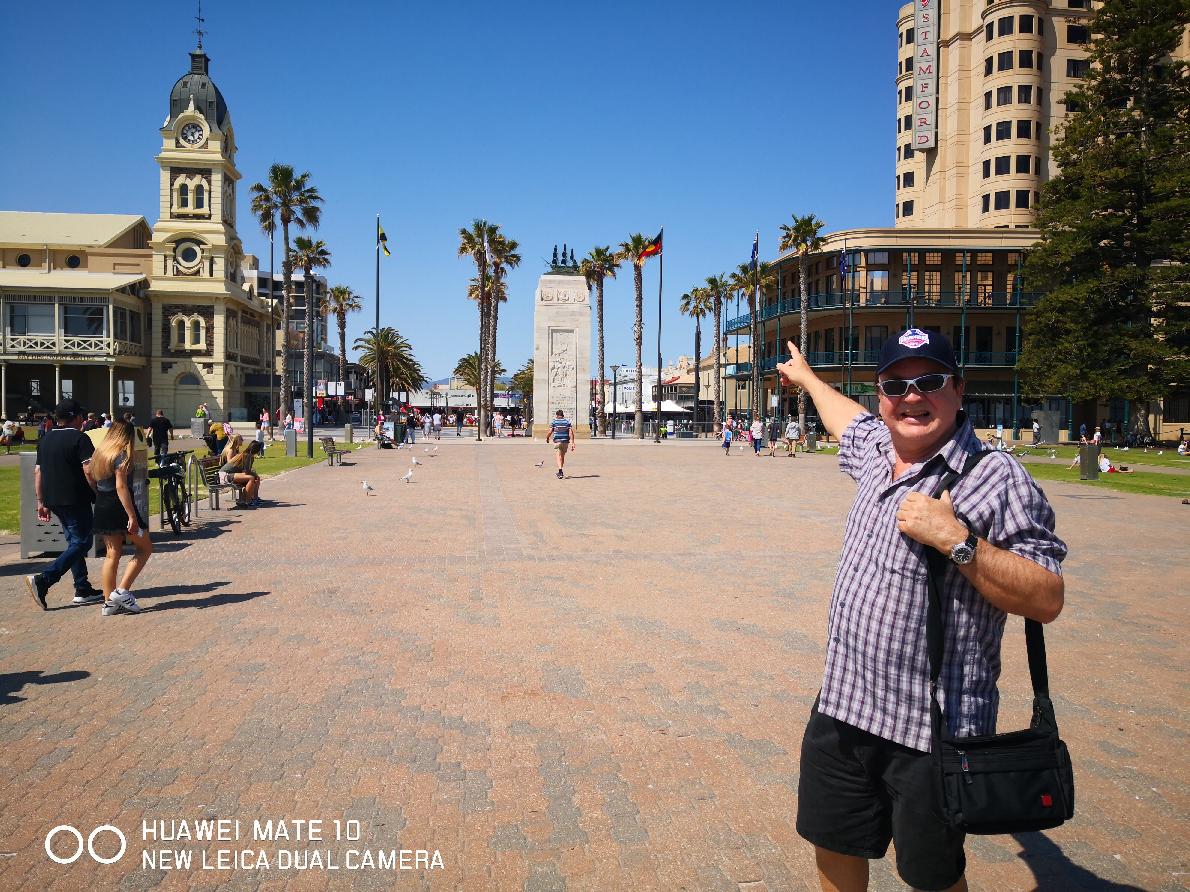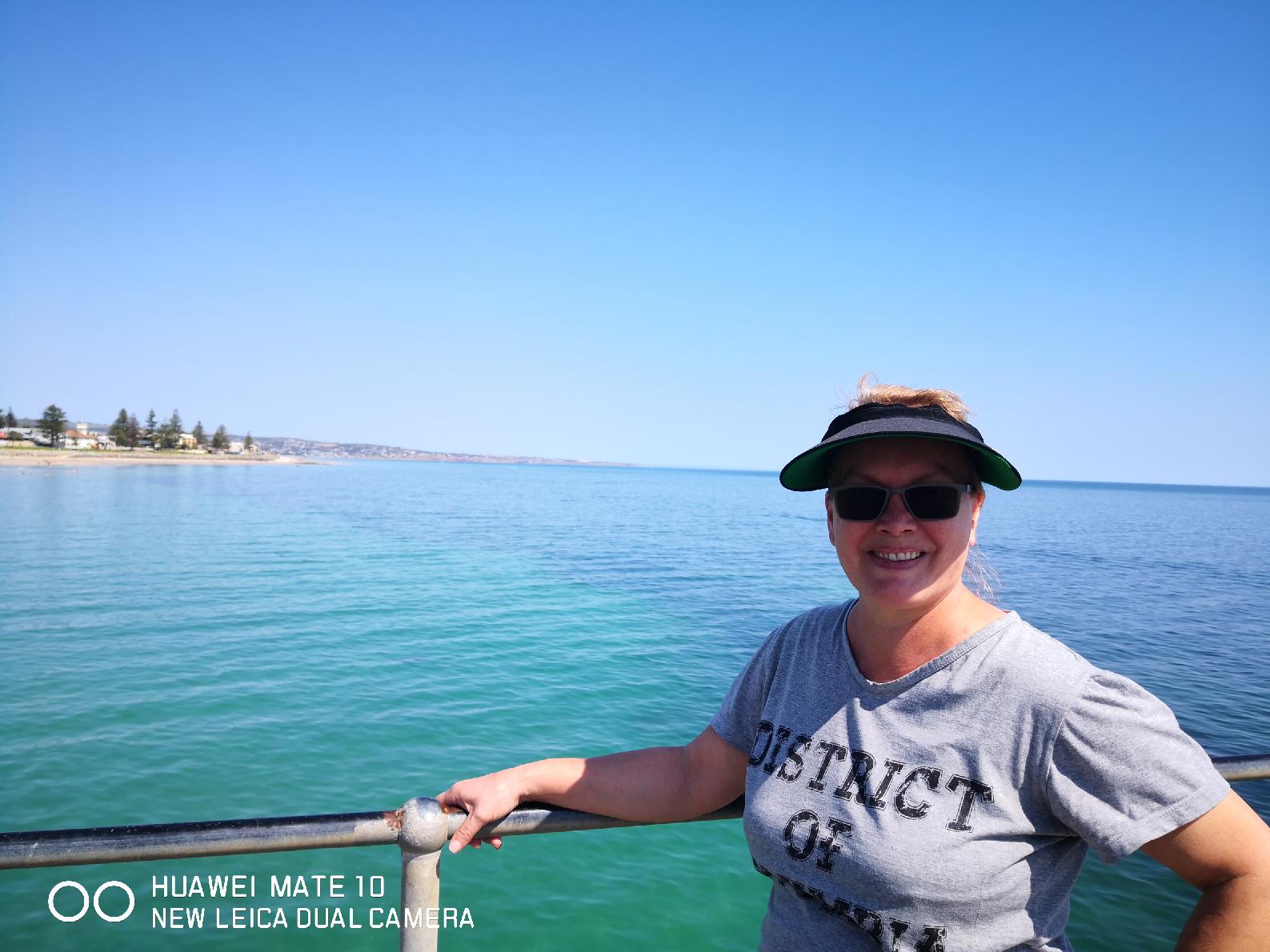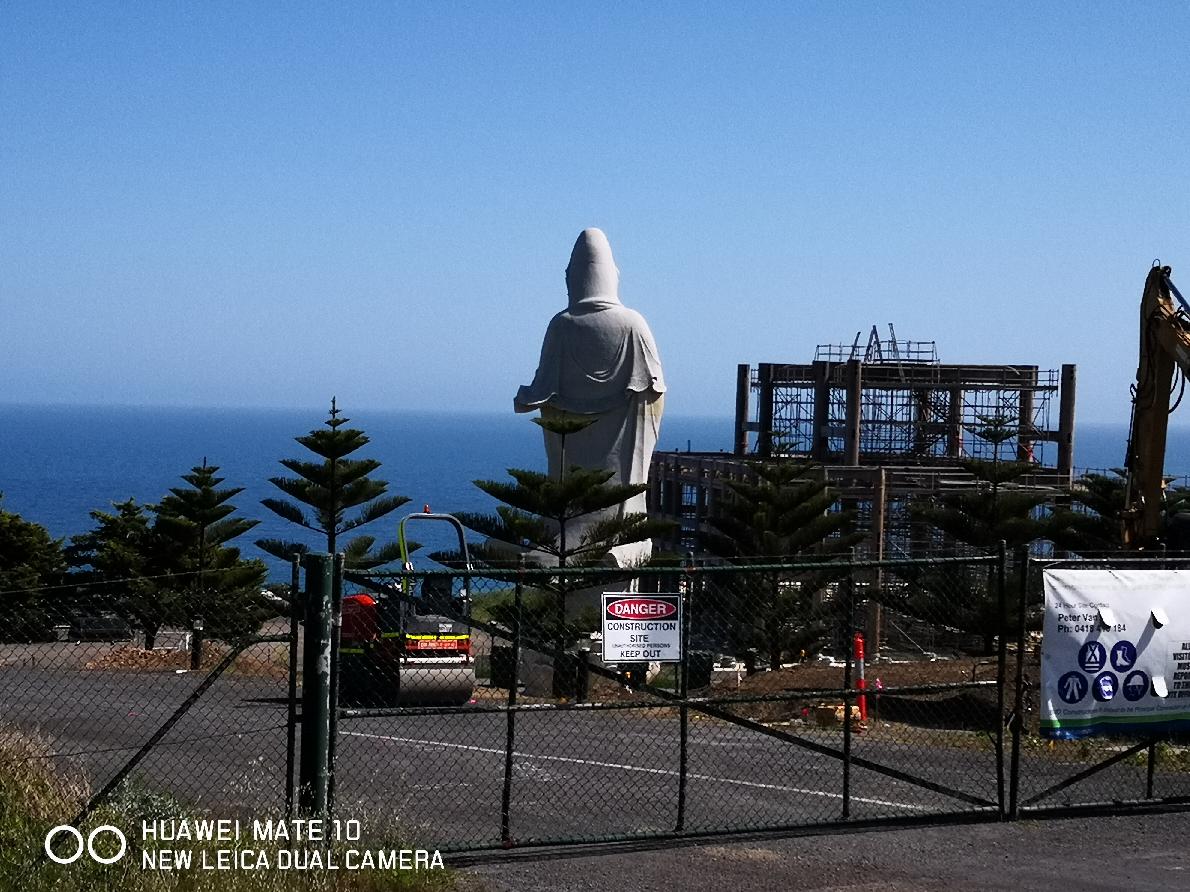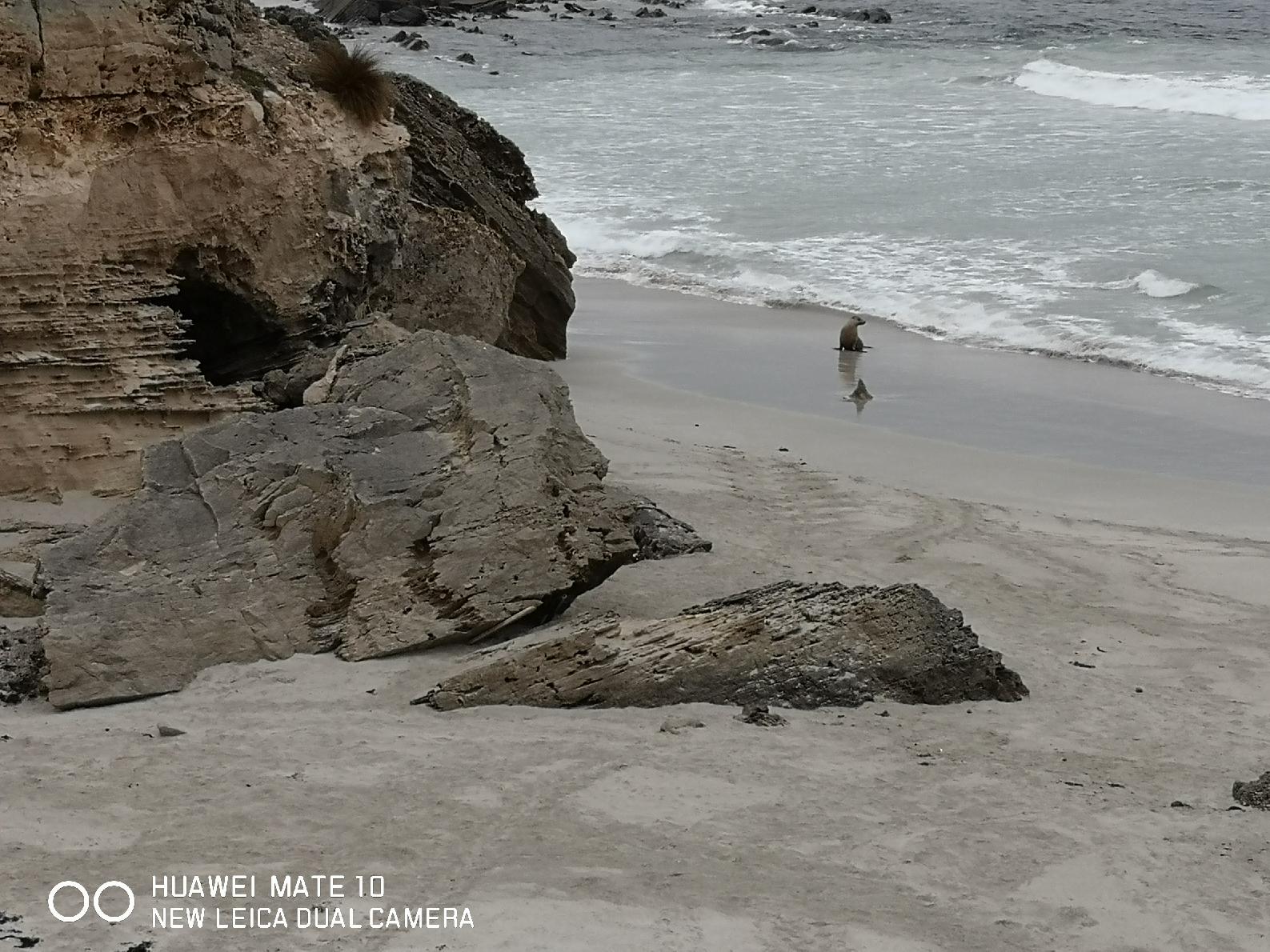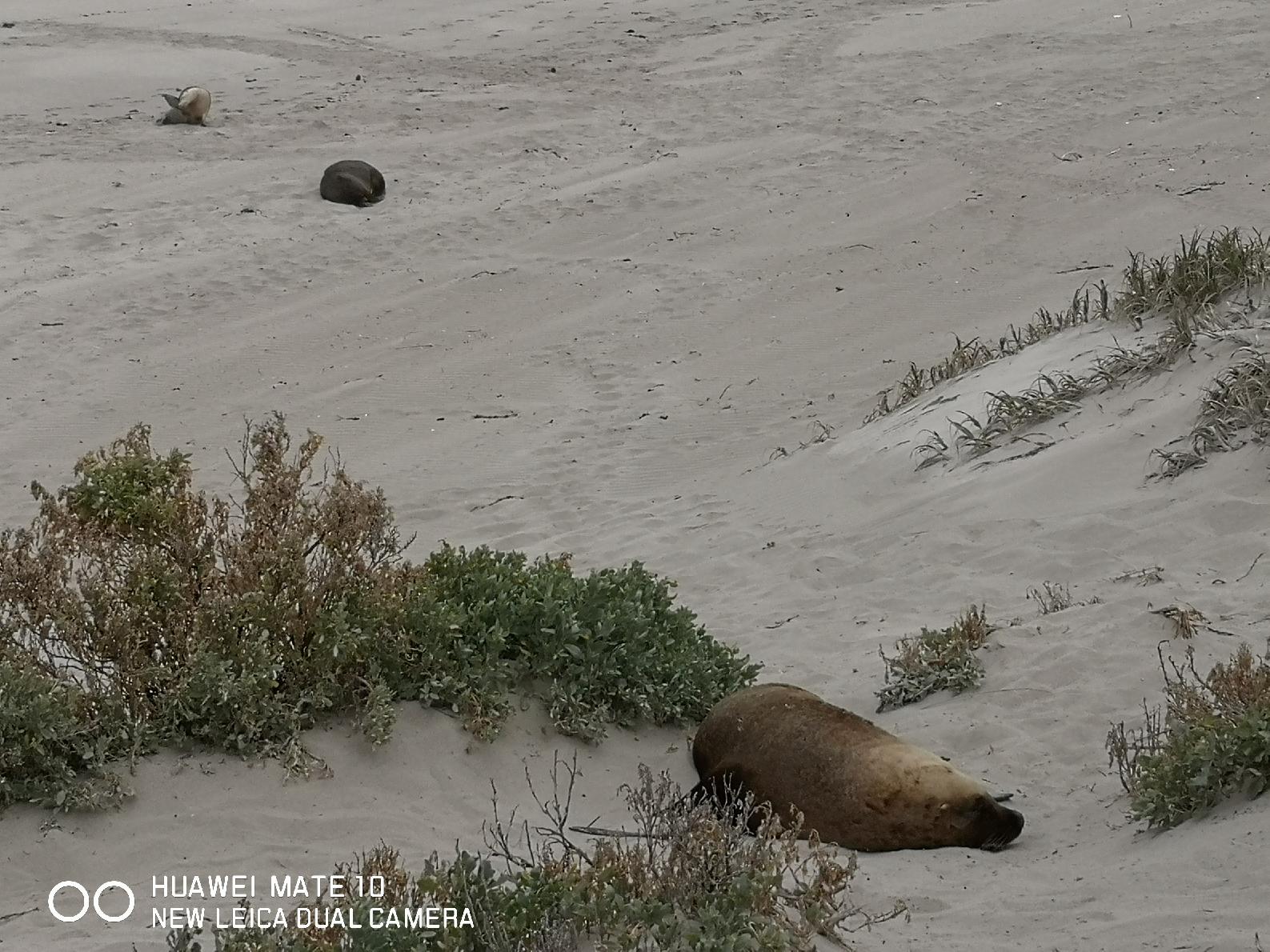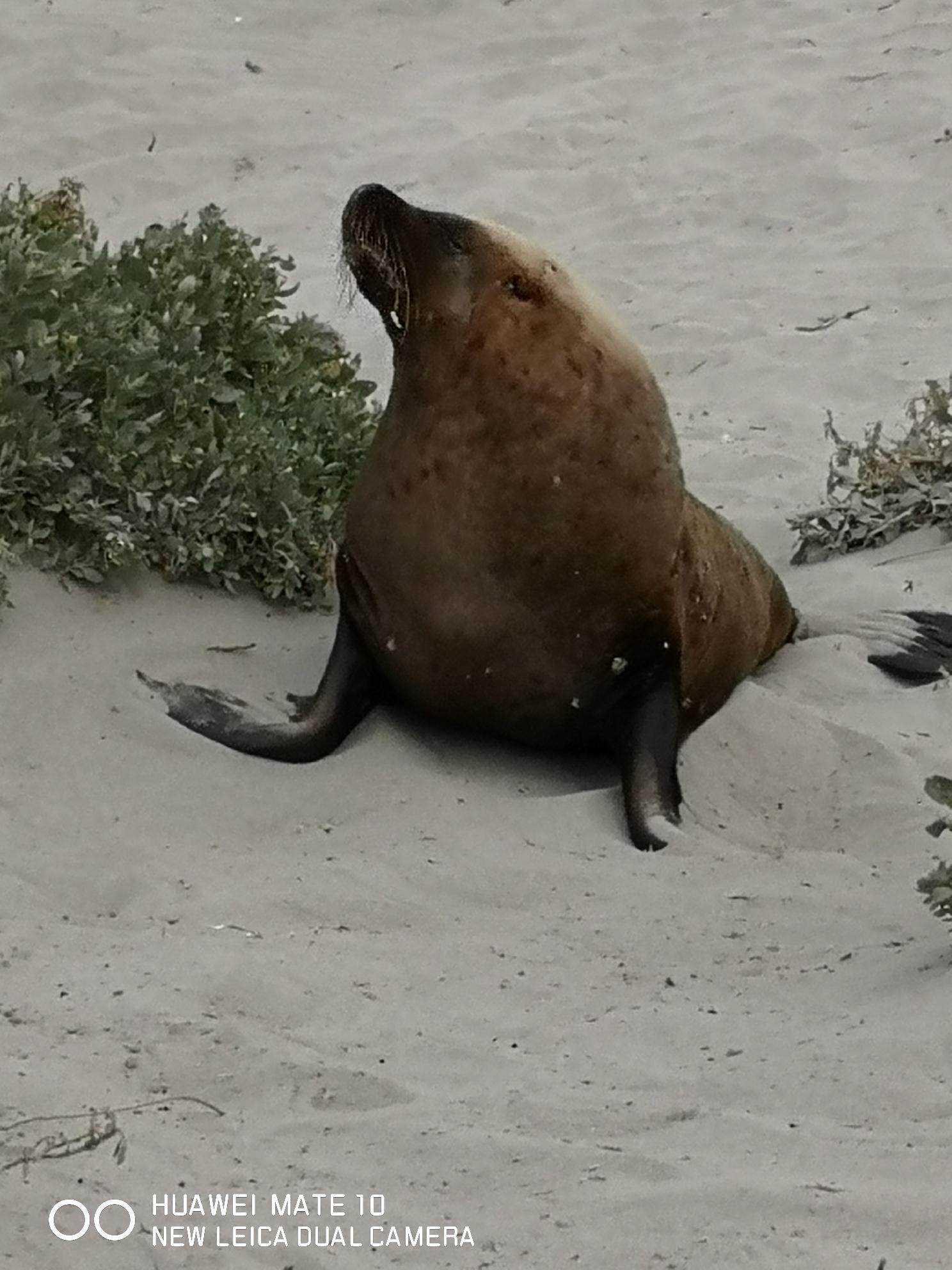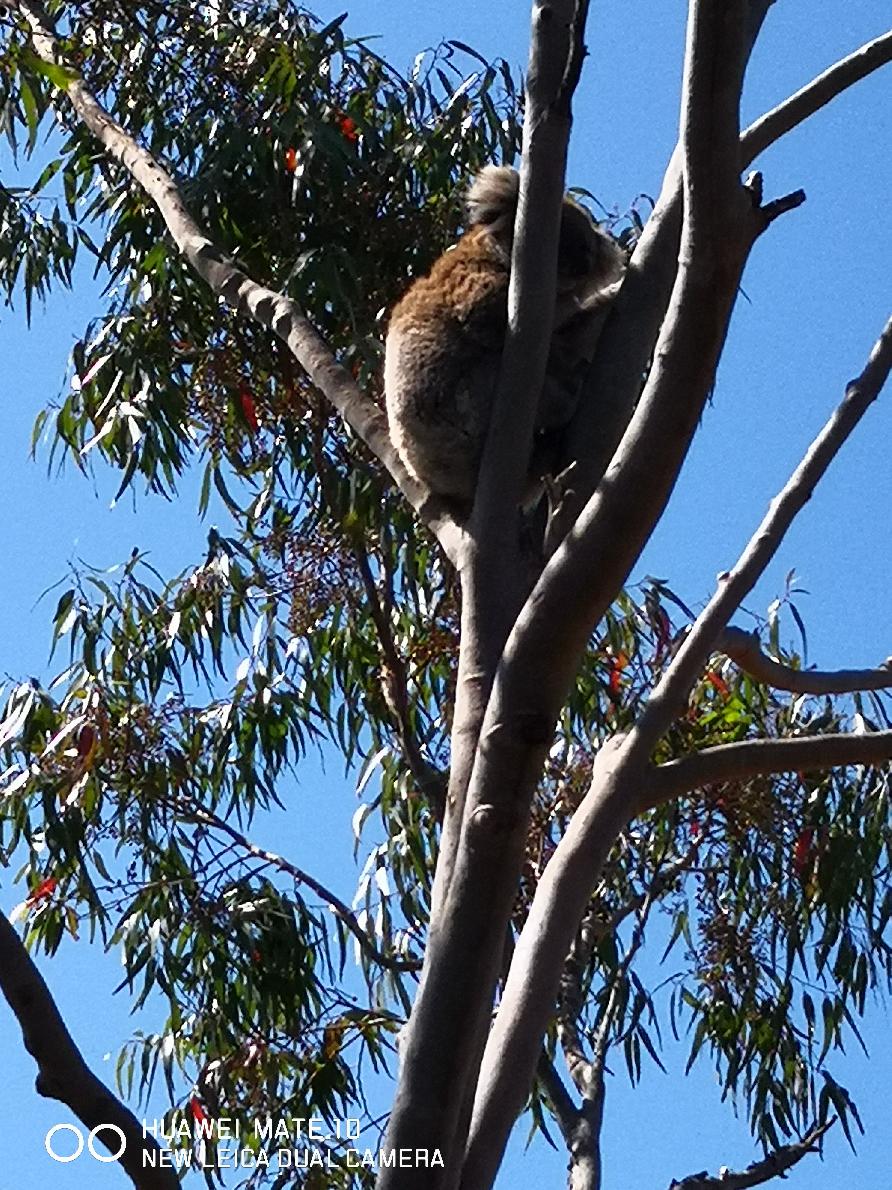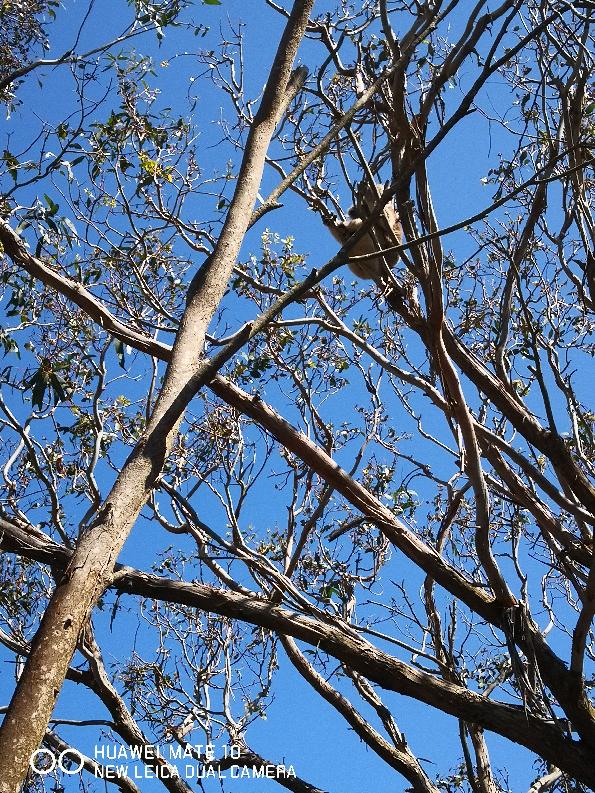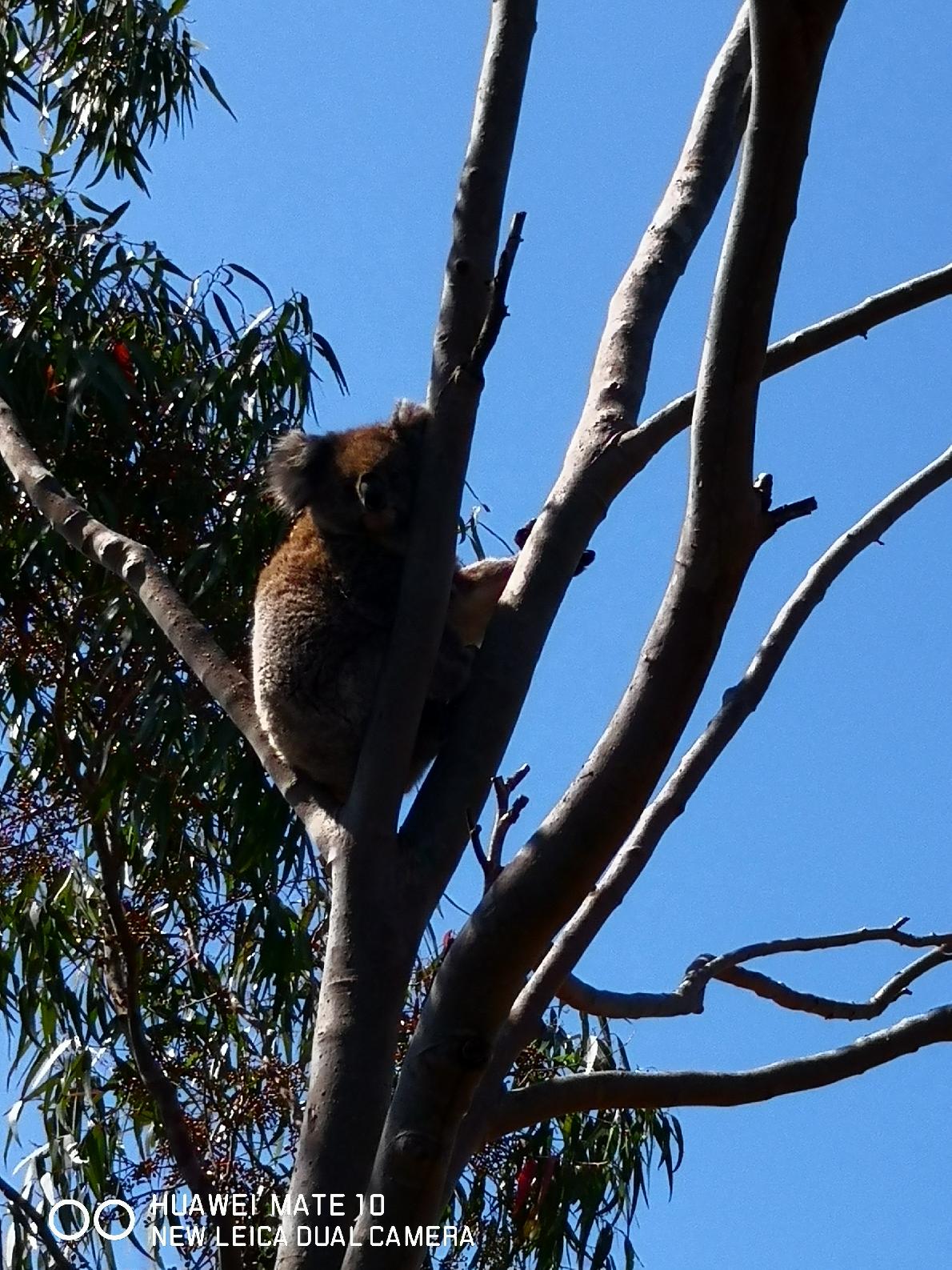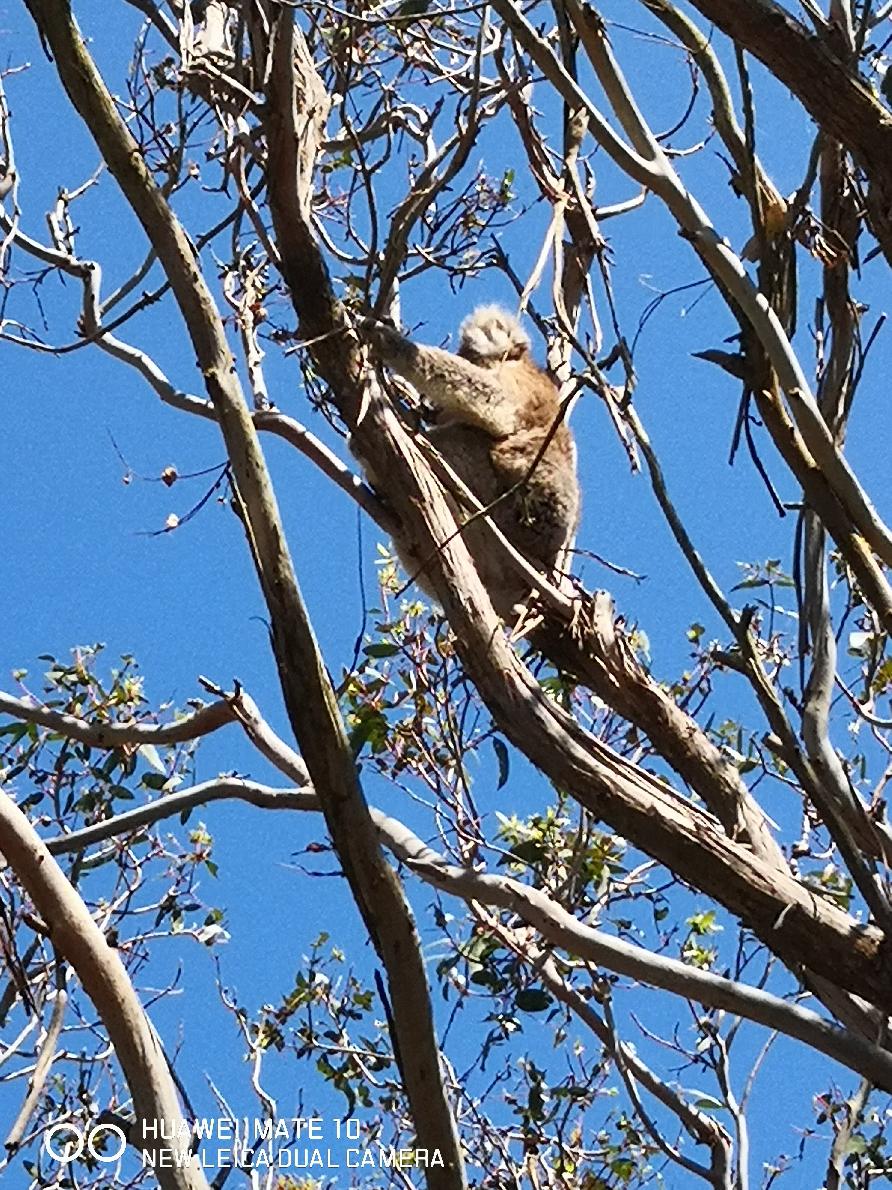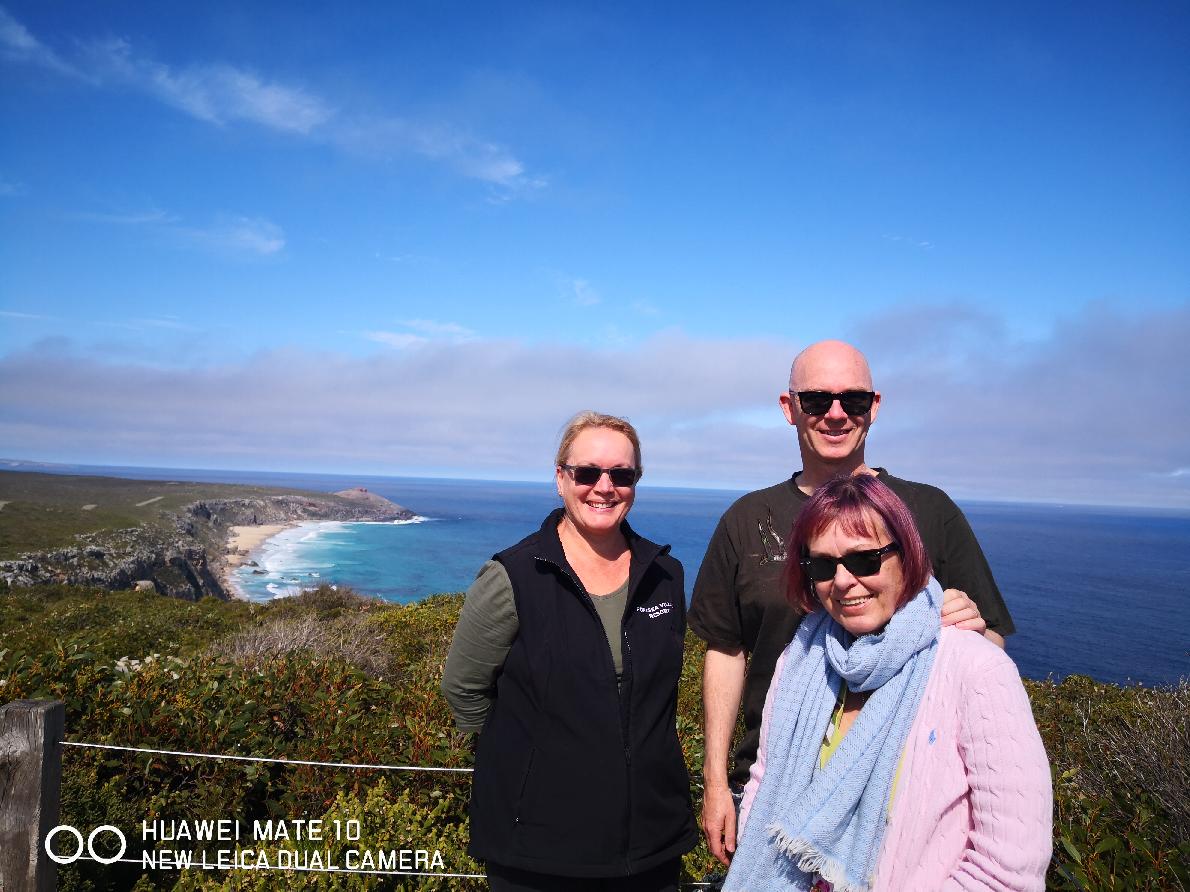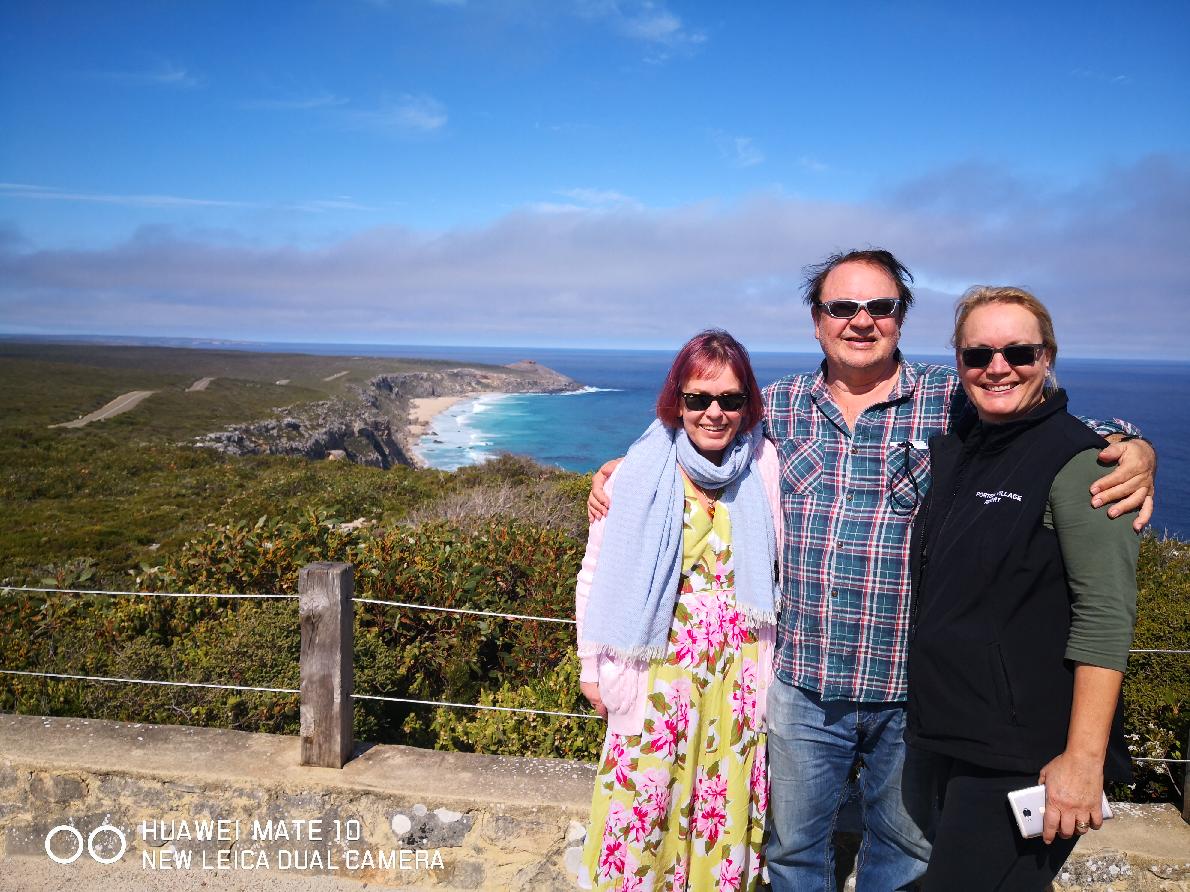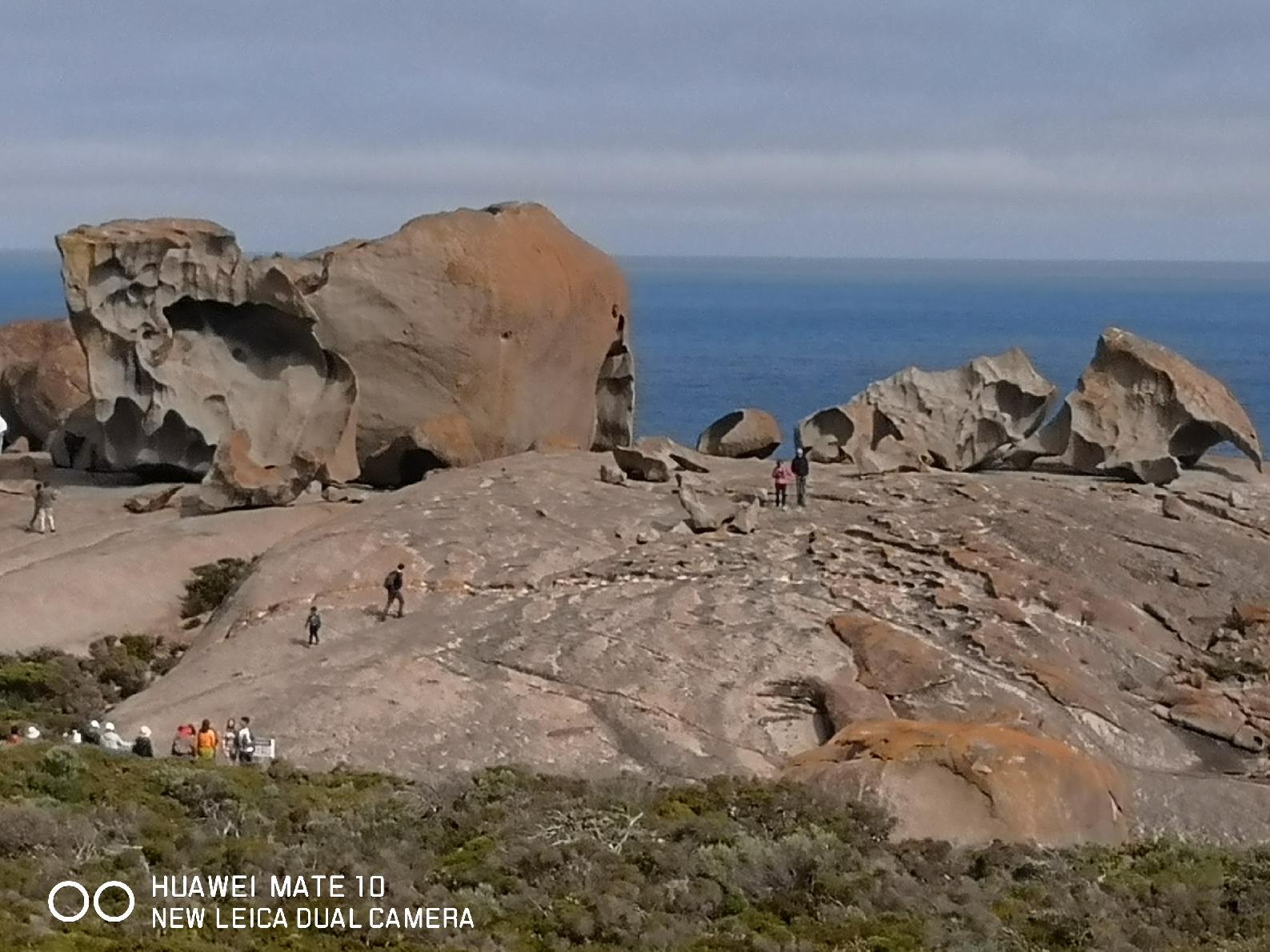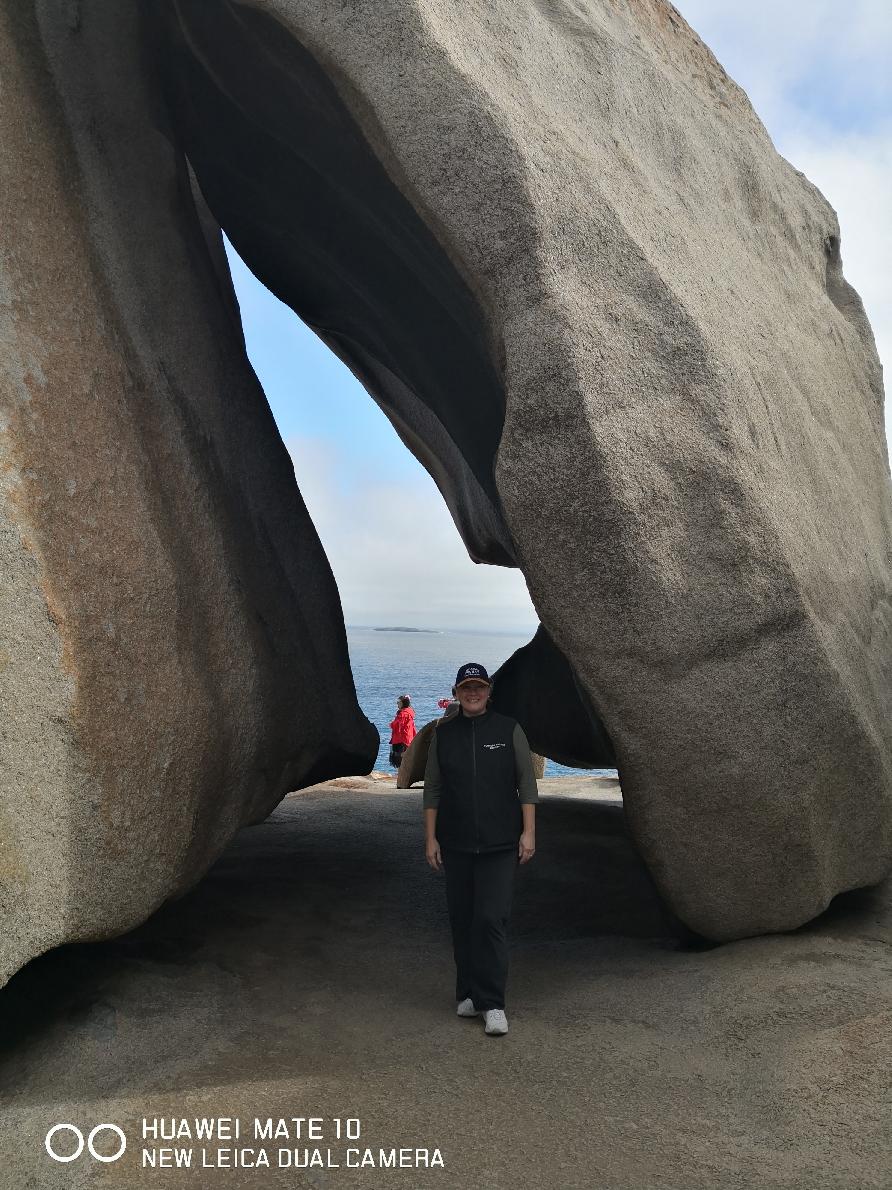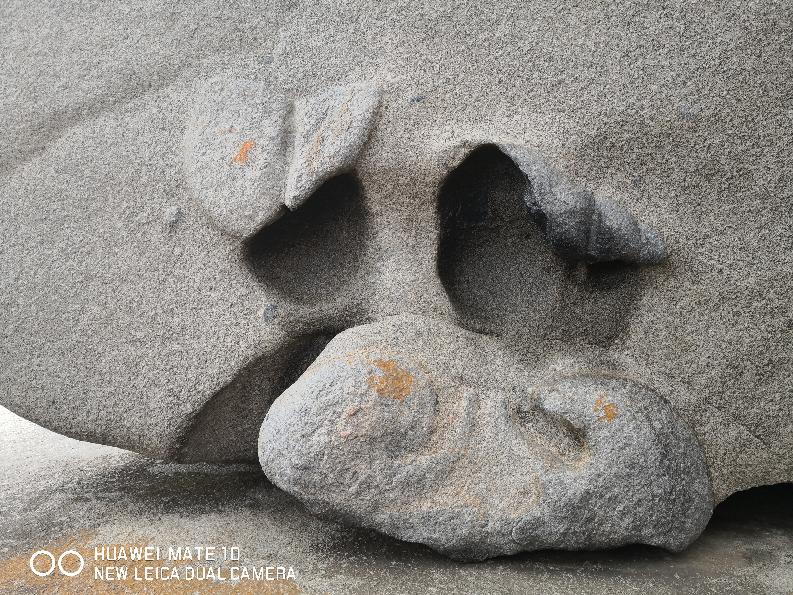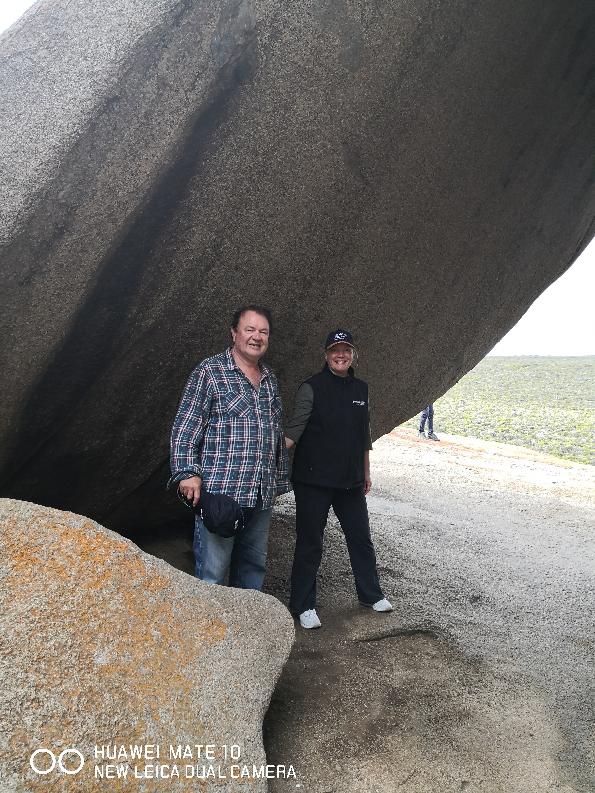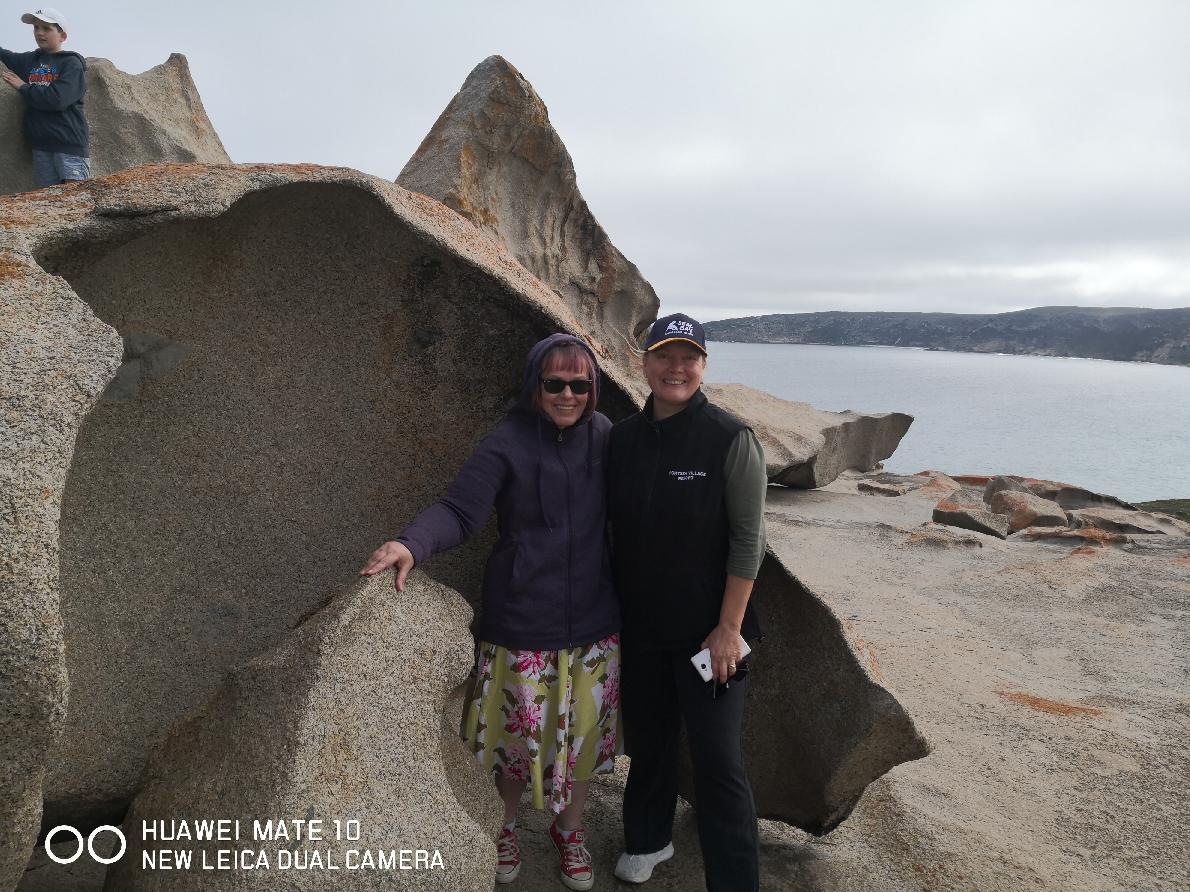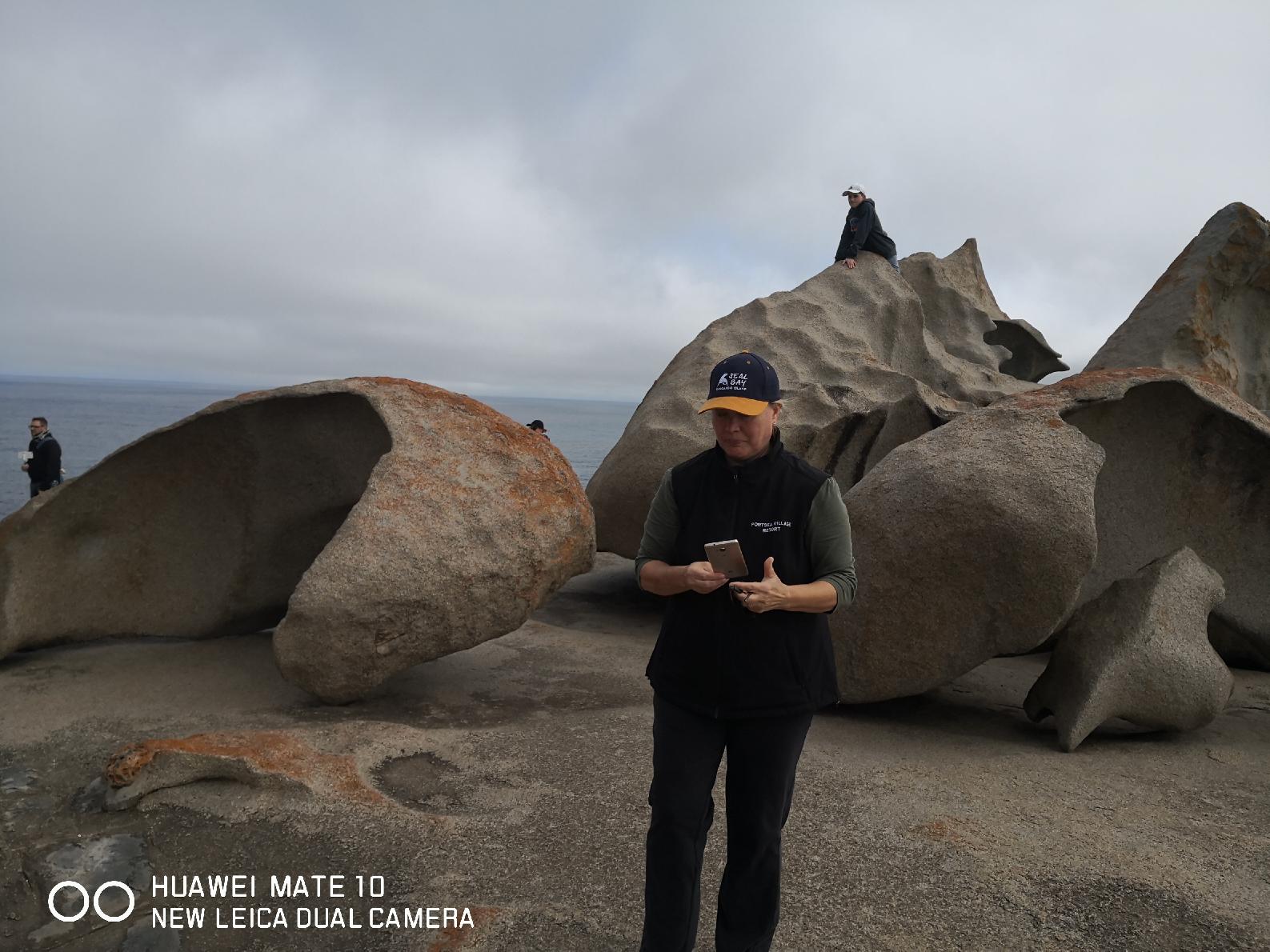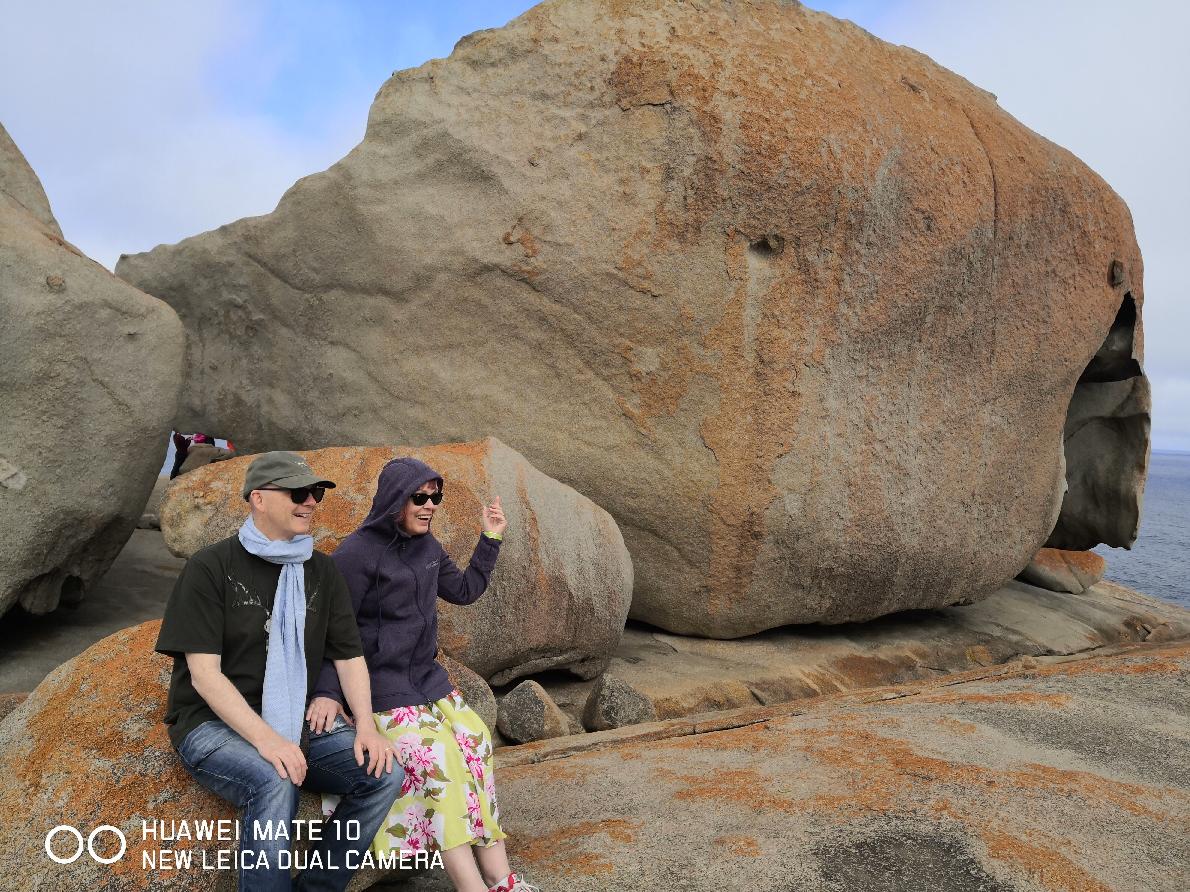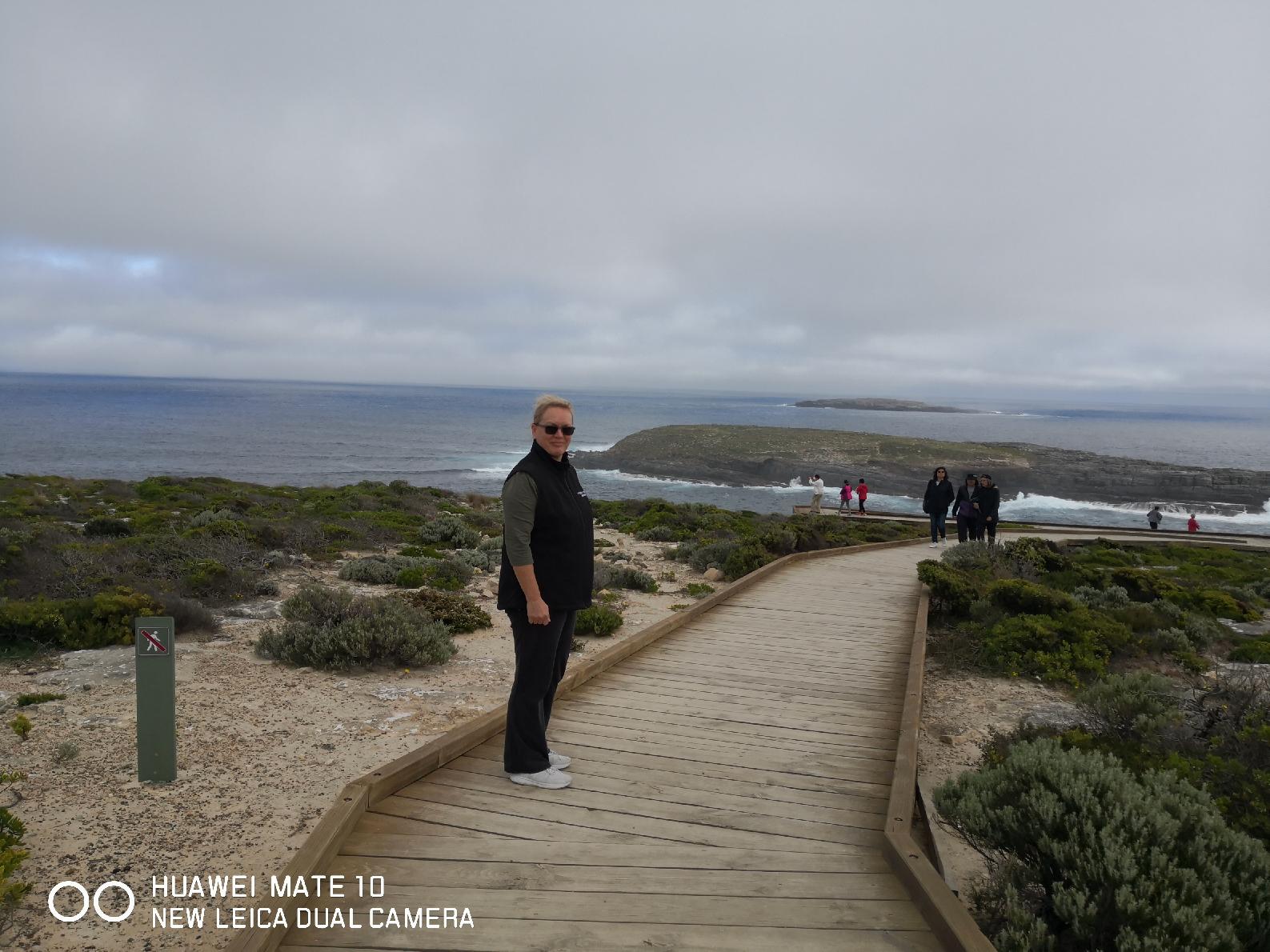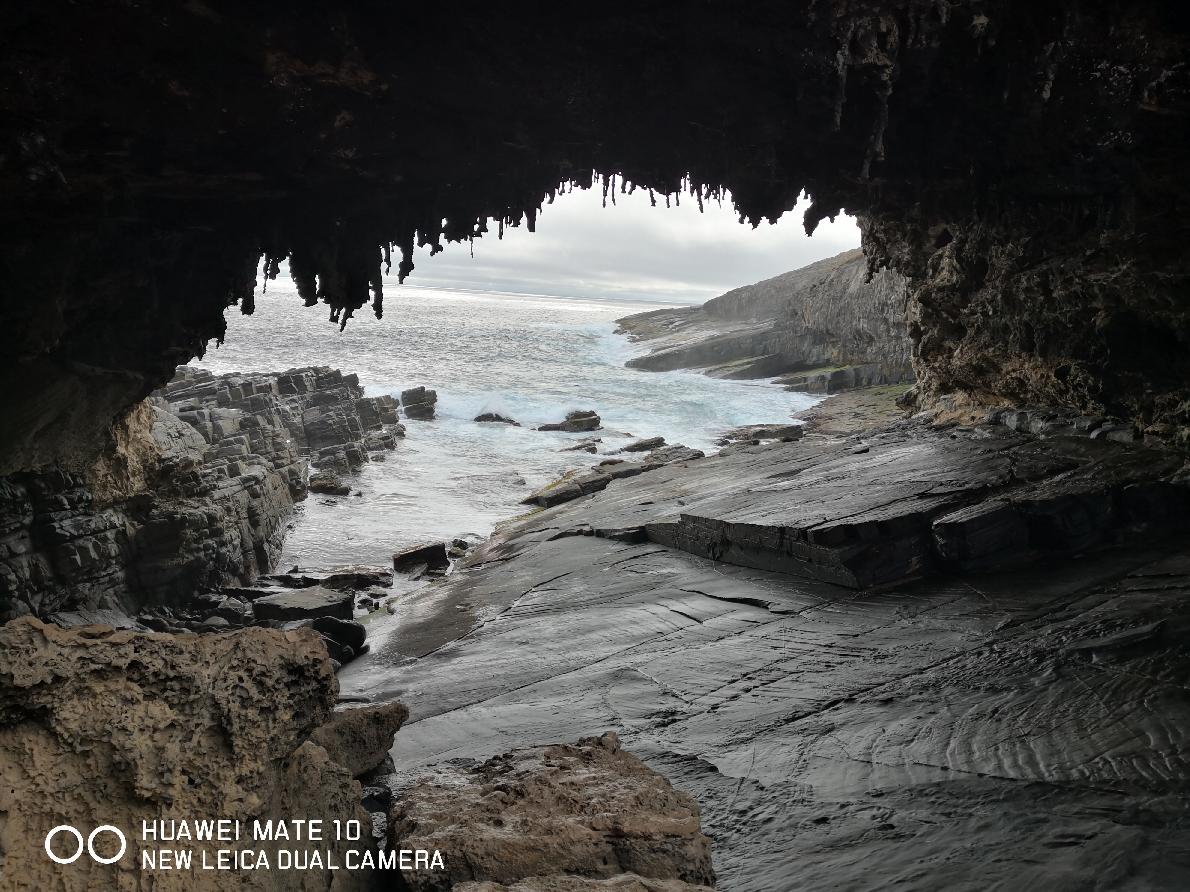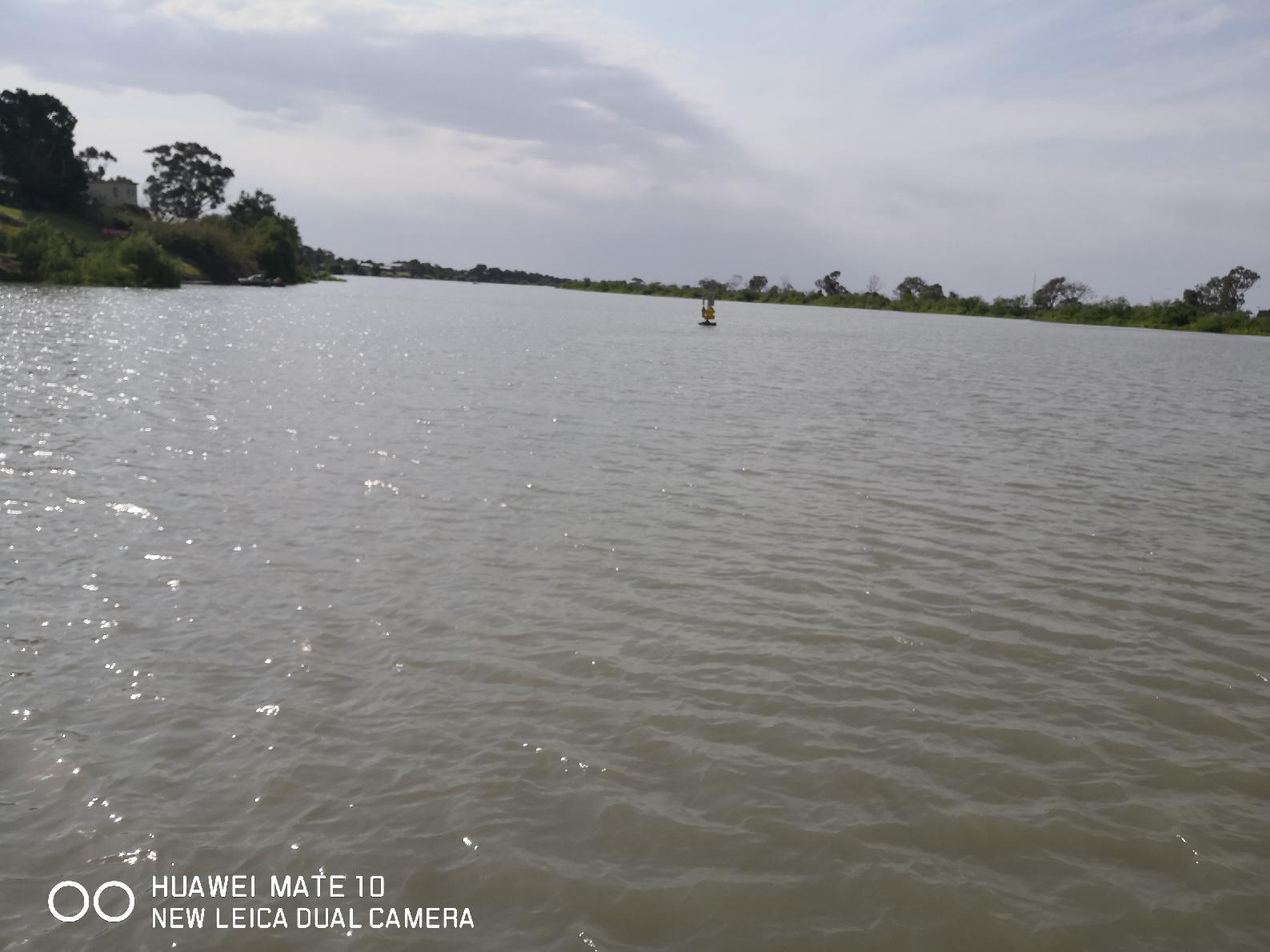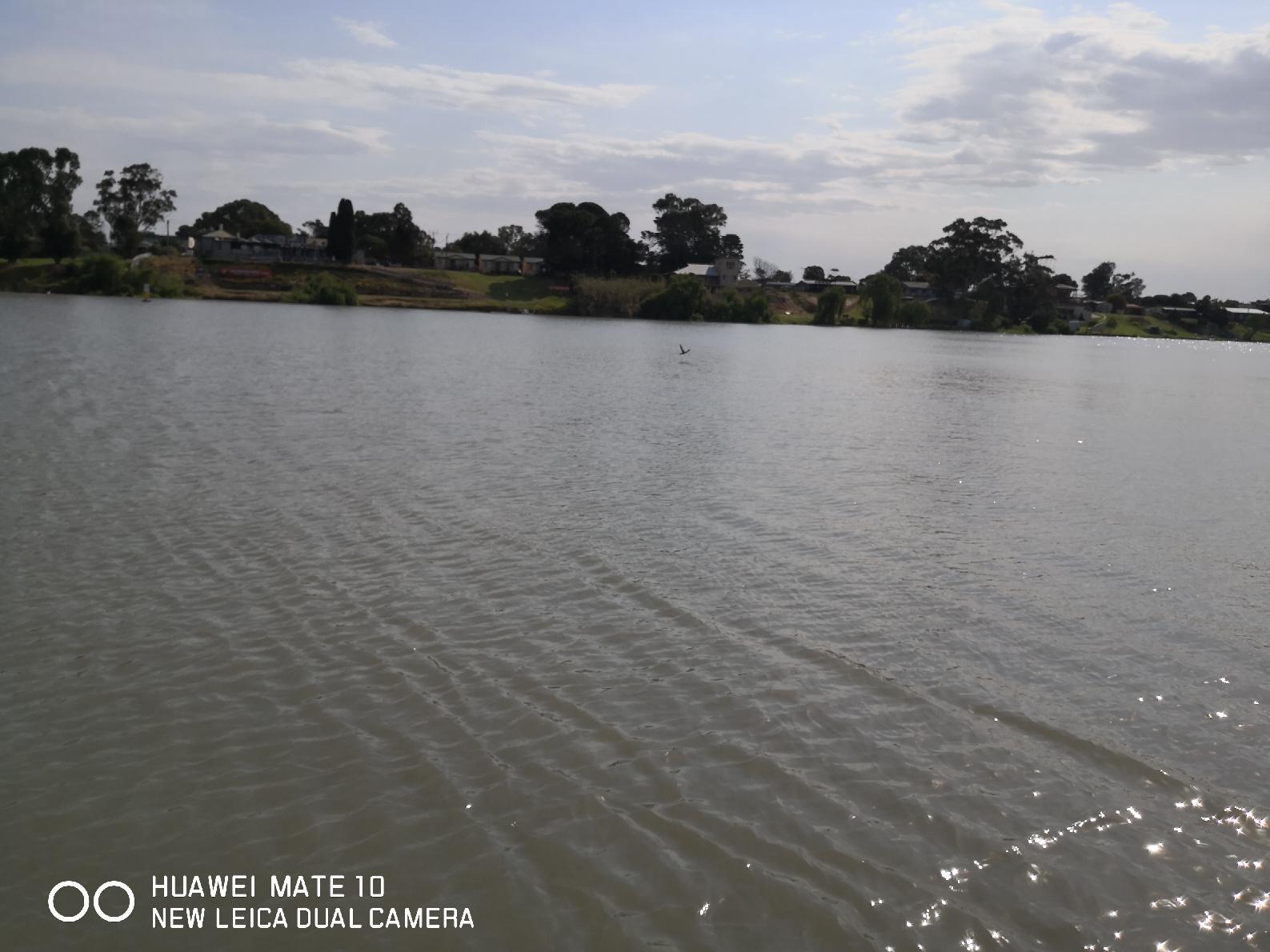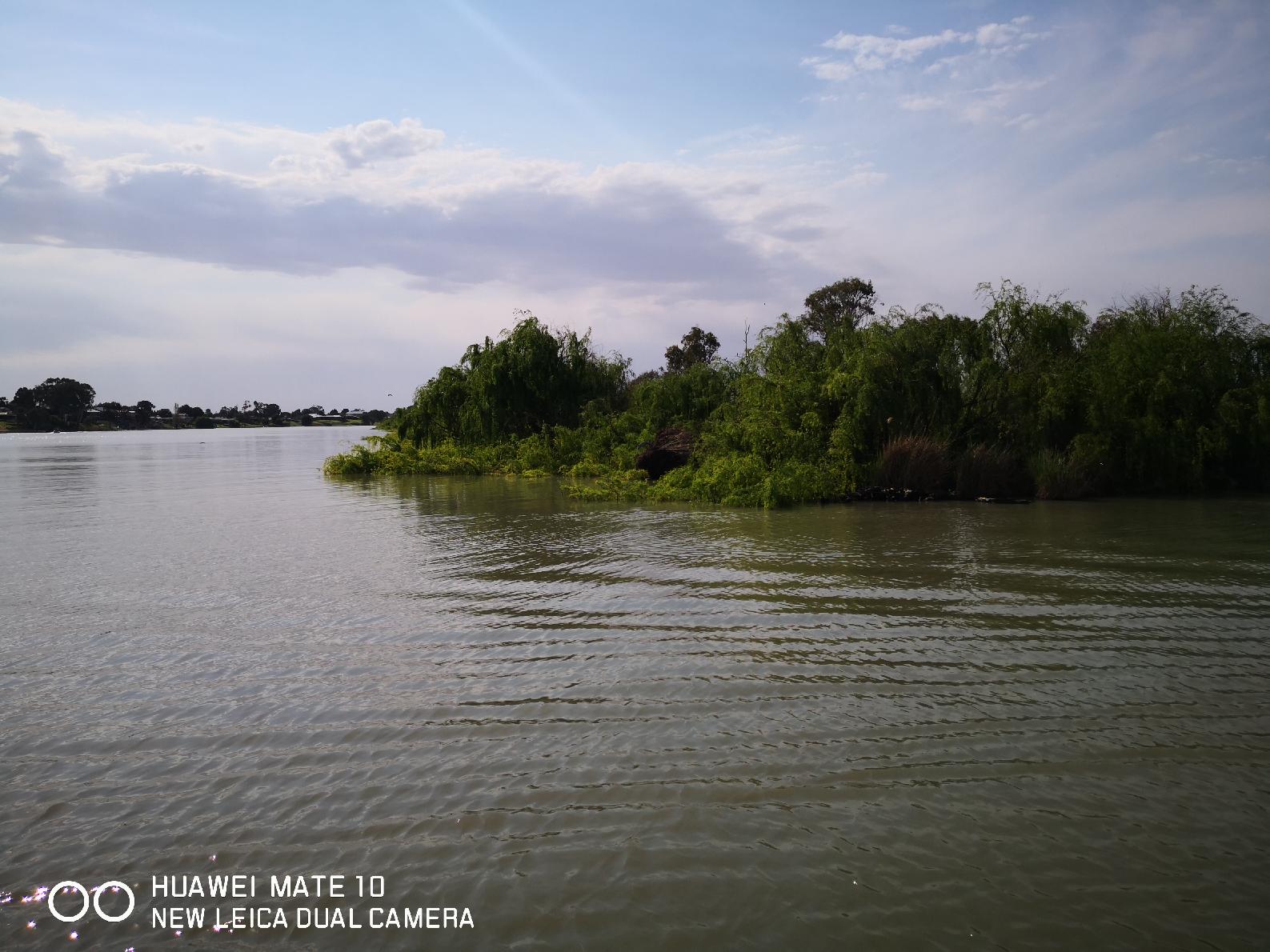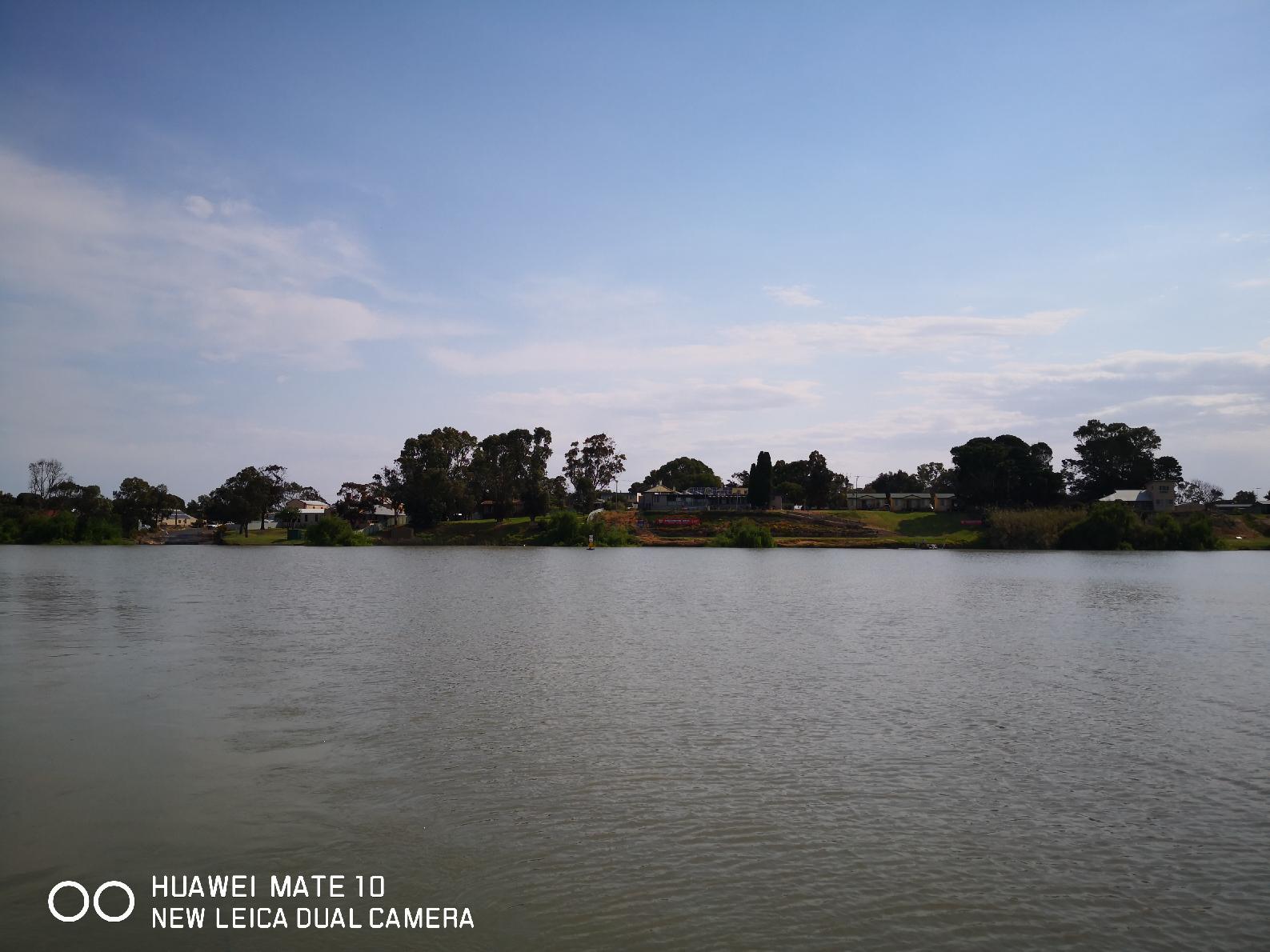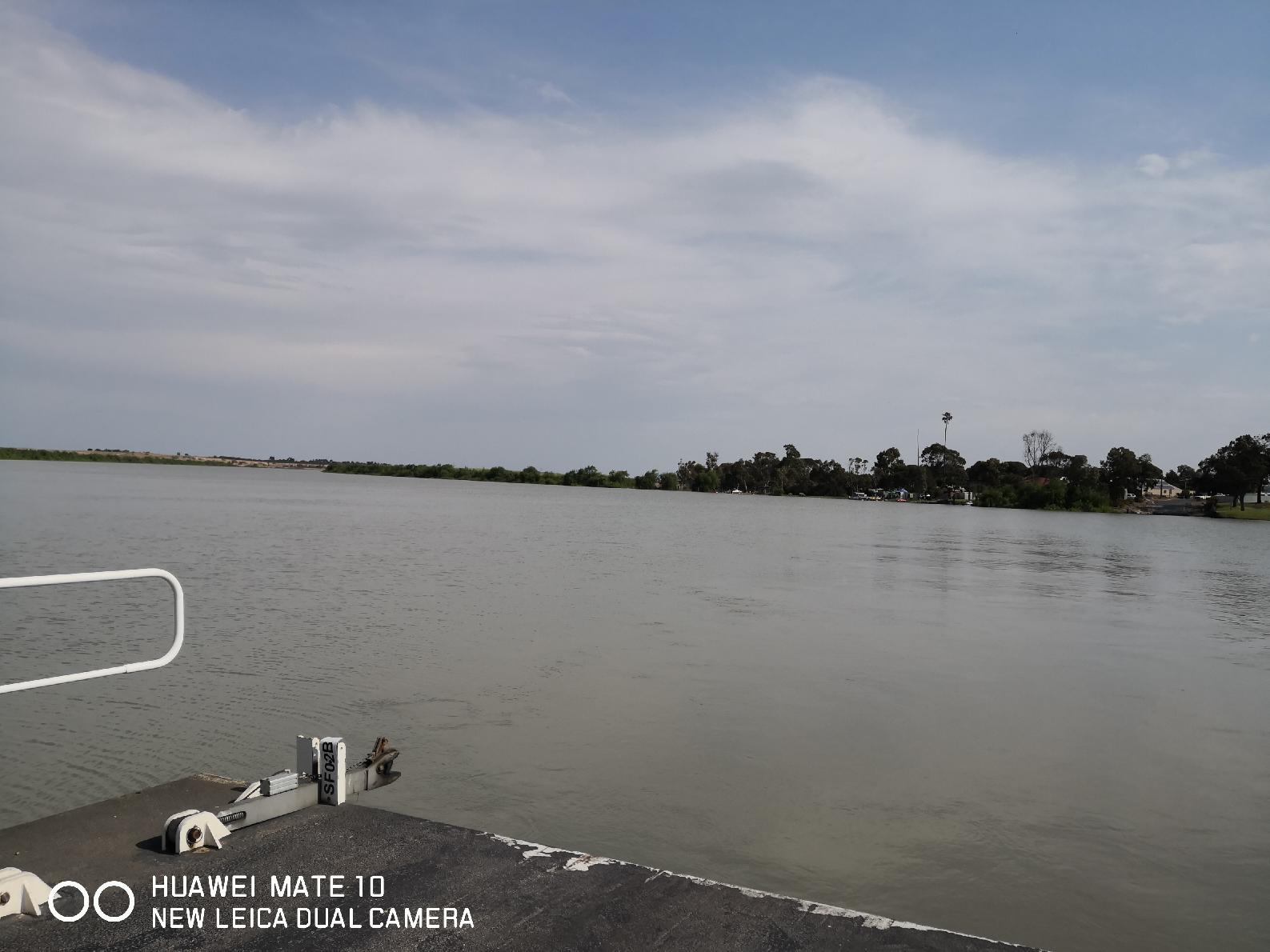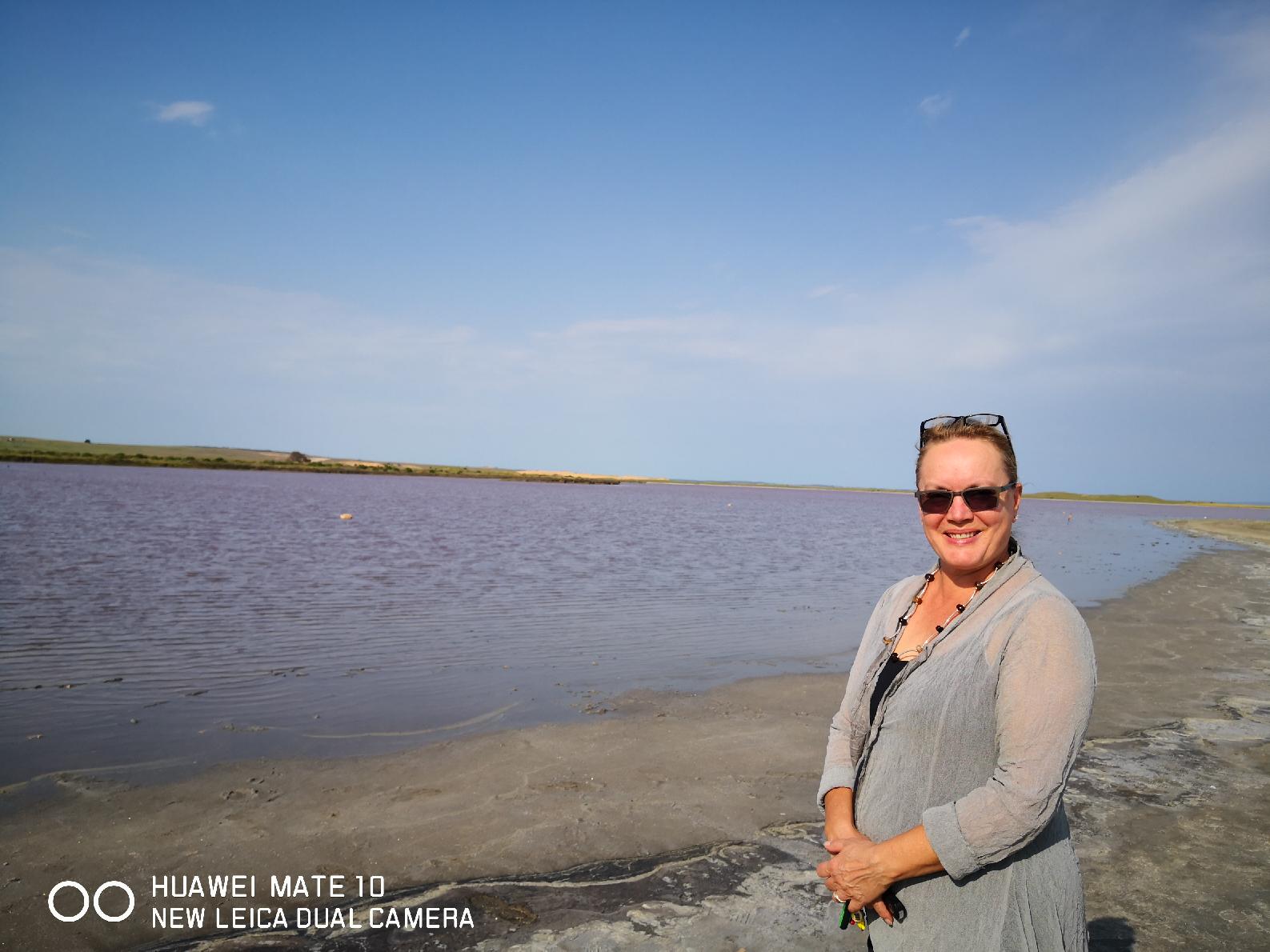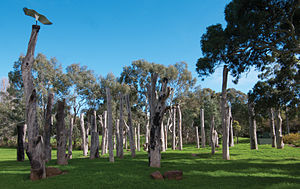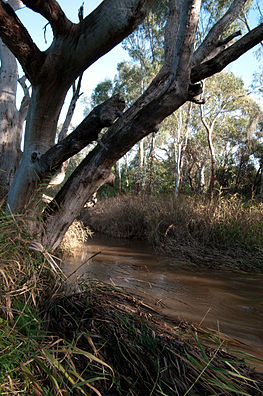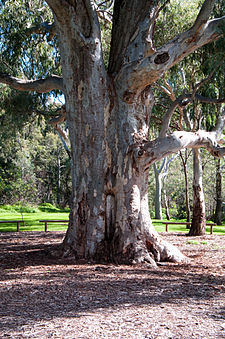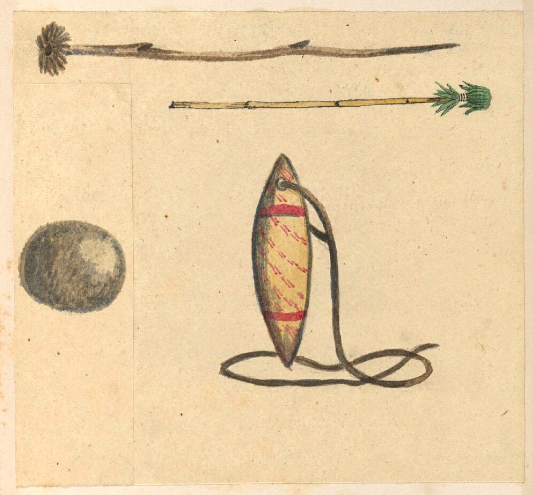
AsianOverland.net
Tour Guide - Itinerary
Asian Overland Sydney to London
Started 22/06/2022 Finished 21/06/2023365 Days ITINERARY
Day 7 date 28/06/2022THE COORONG to ADELAIDE, SOUTH AUSTRALIA
ASIANOVERLAND.NET SYDNEY TO LONDON DAY 7: THE COORONG TO ADELAIDE, SOUTH AUSTRALIA
The Ngarrindjeri people are the traditional people of the lower Murray River, eastern Fleurieu Peninsula, and the Coorong of South Australia.
Archaeology in excavations conducted at Roonka Flat, near Blanchetown in the Murray River Valley, reveals an open air camp during the annual flood of the Murray River. The earliest charcoal from 4 hearths of cobble stone cooking structures and freshwater mussel shells, have been dated to 18,500 years ago. Ancient tools from Kangaroo Island have also been found at this site.
The Roonka Flat site was used only as a cemetery between 7,000 and 4,000 years ago, then after about 4,000 years ago was used for habitation as well as a cemetery site. There was a wide range of mortuary practices and some of the burials included grave goods.
Whalers and sealers have been visiting the South Australian coast since 1802, and by 1819 there was a permanent camp on Kangaroo Island. Many of these men were escaped convicts, sealers and whalers who brought Tasmanian and/or mainland Aboriginal women with them.
The Ngarrindjeri survived as a distinct people with a population still living on the former mission at Raukkan (Point McLeay). Pomberuk (Ngarrindjeri for crossing place), on the banks of the Murray in Murray Bridge was the most significant Ngarrindjeri site, where they would meet for corroborees.
Around 22 km further down the river was Tagalang (Tailem Bend), a traditional trading camp for trade ochre, weapons and clothing.
As a result of the Australia-wide 1995–2009 drought, water levels in Lakes Albert and Alexandrina dropped so much that traditional burial grounds, which had been under water, were exposed.
The Kaurna people, whose traditional lands include the Adelaide Plains, were known as the Adelaide tribe by the early settlers.
Unlike the rest of Australia, South Australia was not considered to be terra nullius. The South Australia Act 1834 which enabled South Australia to be established, acknowledged Aboriginal ownership and stated that no actions could be undertaken that would "affect the rights of any Aboriginal natives of the said province to the actual occupation and enjoyment in their own persons or in the persons of their descendants of any land therein now actually occupied or enjoyed by such natives".
Although the Act guaranteed land rights under force of law for the Indigenous people, it was broken by the South Australian Company authorities and squatters.
Kangaroo Island (Karta Pintingga, literally 'Island of the Dead' in the language of the Kaurna people), is Australia's third-largest island, after Tasmania and Melville Island. It is 112 km southwest of Adelaide and 13.5 km from the mainland Fleurieu Peninsula.
The Kartan people were Aboriginal Australians who occupied Kangaroo Island at least 16,000 years ago, and continued in occupation after the land became an island following rising sea levels after the Last Glacial Period around 10,000 years ago. The flood and their subsequent disappearance from Kangaroo Island about 2,000 years ago may be why Kangaroo Island is called the 'Island of the Dead':
"Long ago, Ngurunderi's two wives ran away from him, and he was forced to follow them. He pursued them and as he did so he crossed Lake Albert and went along the beach to Cape Jervis. When he arrived there he saw his wives wading half-way across the shallow channel which divided Naroongowie from the mainland. He was determined to punish his wives, and angrily ordered the water to rise up and drown them. With a terrific rush the waters roared and the women were carried back towards the mainland. Although they tried frantically to swim against the tidal wave they were powerless to do so and were drowned."
The Kaurna people were a hunter-gatherer society who moved their dwellings according to climatic conditions: in summer they would camp near the coastal springs fishing for mulloway. During winter they lived in the woodlands, using hollowed out fallen redgums along creeks, with bark extensions as shelters. The maintenance of fires was old women's work. They traded their cloaks, quartz flints and red ochre with other tribes.
Among their customs was the practice of fire-stick farming, deliberately lit bushfires for hunting purposes, in the Adelaide Hills, which the early European settlers spotted before the Kaurna were displaced. These fires were part of a scrub clearing process to encourage grass growth for emu and kangaroo. This led to conflict with the colonists as the fires damaged farmland.
Warriparinga (meaning Windy Place in the local Kaurna language) is a nature reserve comprising 8.6 acres in Bedford Park, in the southern suburbs of Adelaide, well worth a visit, as are the wonderful wineries and restaurants.
© This work is copyright. Apart from any use permitted under the Copyright Act 1968, no part may be reproduced by any process, nor may any other exclusive right be exercised, without the permission of Peter Searle, peter@portseavillageresort.com; 1980-2024.
Website built by Justin O’Dea www.webdeveloperdocklands.com.au


